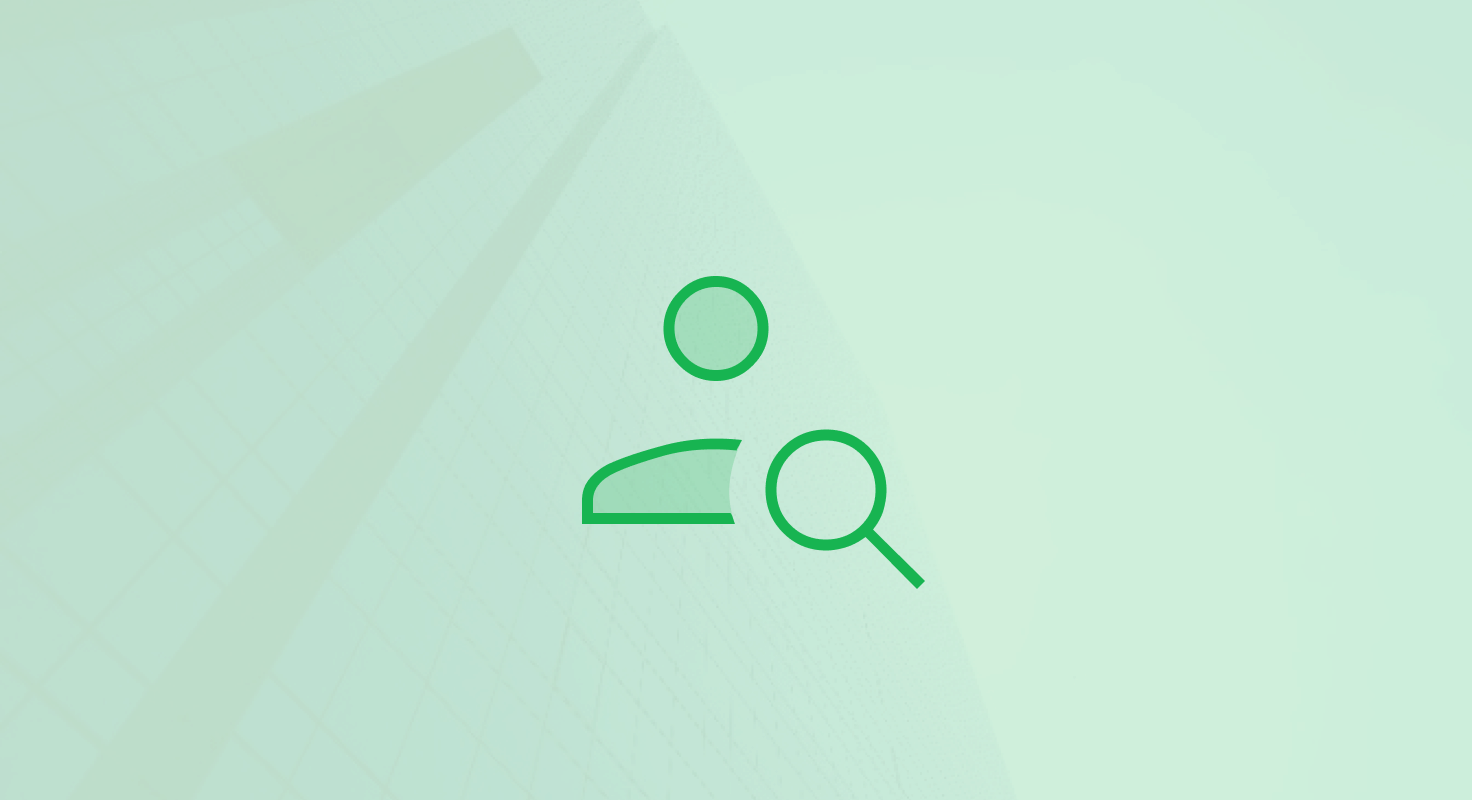Table of Contents
Every business strives to generate awareness, build interest and consideration, convert intent into purchase, and ultimately foster advocacy. These key stages are often referred to as the demand generation funnel. Navigating this funnel requires strategic planning and execution, and the process can often be complex and overwhelming. With that in mind, let’s take a look at some strategies for how to optimize each stage.
TL;DR: Making the Demand Gen Funnel Actually Work
-
Build awareness: Use social, content, and ads to stay top-of-mind early in the journey
-
Create interest: Nurture leads with resources, webinars, and personalized emails
-
Convert intent: Use lead scoring, clear CTAs, and frictionless paths to purchase
-
Drive loyalty: Deliver great experiences that turn customers into advocates
-
Stay adaptive: Monitor what works, listen to customers, and adjust your approach accordingly
What is the demand generation process, and how does it drive growth?
Demand gen encompasses all marketing activities aimed at creating awareness, generating interest, and ultimately driving conversions, requiring collaboration between the marketing team and sales team to ensure leads are effectively nurtured and converted. Demand generation campaigns are crucial for B2B marketers looking to attract and engage potential customers. By leveraging targeted strategies, businesses can identify high-quality leads and guide them seamlessly through the buyer’s journey
At the heart of the demand generation process is the concept of creating demand where it may not have previously existed. This involves understanding the needs and pain points of your target audience and crafting compelling messaging and content that resonates with them. By doing so, you can capture their attention and pique their interest in your products or services.
Throughout the demand generation process, it's important to track and measure the effectiveness of your marketing efforts. This can be done through analytics tools that provide insights into key metrics such as website traffic, conversion rates, and customer acquisition costs. By analyzing this data, you can identify areas for improvement and optimize your marketing strategies to drive better results.
How do you generate awareness at the top of the demand generation funnel?
The first stage of the demand generation funnel is all about capturing attention and creating awareness of your brand and offerings. This is where you introduce your products or services to potential customers and strive to make a lasting impression.
During this stage, it's important to focus on building your brand presence across multiple channels. Leverage social media platforms, content marketing, and advertising to increase visibility and drive traffic to your website or landing pages. Engage with your audience by providing valuable and informative content that resonates with their interests and pain points.
Social Media
One effective way to generate awareness is through social media platforms. With billions of users worldwide, platforms like Meta, Instagram, X, and LinkedIn offer a vast audience to tap into. By creating compelling and shareable content, you can reach a wider audience and increase brand visibility. Additionally, engaging with your audience through comments, likes, and shares can help build a loyal following and create a sense of community around your brand.
Content Marketing
Content marketing is another powerful tool for generating awareness. By creating high-quality blog posts and resources, you can not only establish thought leadership but also generate marketing-qualified leads (MQLs) that are more likely to convert. It's important to research and understand your target audience's interests so you can create content that addresses their needs and provides valuable solutions.
Advertising
Advertising is also crucial in generating awareness. By strategically placing ads on relevant websites, search engines, and social media platforms, you can reach your target audience at the right time and place. Whether it's display ads, search ads, or social media ads, make sure your messaging is compelling and resonates with your audience. A well-executed advertising campaign can significantly increase brand visibility and drive traffic to your website or landing pages.
How do you build interest and consideration in the middle of the demand generation funnel?
Once you have successfully generated awareness, it's time to nurture your leads and move them further down the funnel. Building interest in your offering often starts with identifying high-quality leads and nurturing them through personalized strategies, such as targeted email campaigns or tailored content.
One effective strategy for building interest and consideration is through targeted email marketing campaigns, a key demand gen tactic that helps the marketing team nurture leads until they are ready for the sales team to engage. By segmenting leads based on their interests and behaviors, businesses can create personalized email campaigns that speak directly to their pain points and needs.
Another strategy is to provide valuable resources, such as whitepapers or case studies, that showcase the brand's expertise and success stories. This helps potential customers make an informed decision and builds trust in the brand.
For example, a software company could create a whitepaper that explores the challenges faced by businesses in their industry and how their software solution addresses those challenges. By sharing real-life examples and success stories, the company can demonstrate the value and effectiveness of their product.
Webinars and virtual events are also effective in building interest and consideration. By hosting educational and interactive sessions, brands can engage with their audience in a meaningful way and showcase the unique value they offer. For example, a marketing agency could host a webinar to demonstrate how lead scoring can help B2B marketers prioritize and convert leads more effectively.
In addition to webinars, brands can also host virtual events such as panel discussions or product demonstrations. These events provide an opportunity for potential customers to interact with the brand and learn more about their offerings.
How do you convert buying intent into purchase at the bottom of the demand generation funnel?
The bottom of the demand generation funnel is a critical stage where your leads transition into paying customers. At this stage, lead scoring becomes invaluable. By assigning scores based on engagement and fit, businesses can focus their efforts on high-quality leads that are most likely to convert.
When it comes to converting intent into purchase, it's essential to offer compelling incentives. Discounts, free trials, or limited-time offers can create a sense of urgency and push potential customers to make a decision. By explicitly highlighting how your products or services address the challenges faced by your target audience, you can effectively communicate the value they will receive.
However, it's not just about the incentives. The purchasing process itself plays a crucial role in converting intent into purchase. You want to minimize any barriers to entry and make it as easy as possible for customers to complete their purchase. Optimizing your website for conversions, streamlining the checkout process, and offering multiple payment options are all essential elements in facilitating a frictionless buying experience.
Building trust is another key factor in converting intent into purchase. Incorporating trust signals throughout the buying journey can significantly boost confidence and alleviate any doubts potential customers may have. Customer reviews and testimonials are powerful tools that provide social proof of your product's effectiveness and reliability. Displaying these testimonials prominently on your website can help potential customers feel more comfortable and confident in their decision to purchase.
How do you foster customer advocacy and loyalty after purchase?
The journey doesn't end once a purchase is made.
The post-purchase stage is equally important in building long-term relationships and fostering advocacy among your customers.
One effective strategy for fostering advocacy is through exceptional customer service. Go above and beyond to exceed their expectations, addressing any concerns or issues promptly and effectively. By providing outstanding support, you can leave a lasting impression and create a positive experience that will encourage customers to advocate for your brand.
Follow up with personalized thank-you emails to show your gratitude for their purchase. Personalized thank-you emails are an excellent opportunity to reaffirm your relationship with customers. You can also use these emails to collect feedback or improve lead scoring for future demand generation campaigns. This personal touch will make your customers feel valued and encourage them to continue their relationship with your brand.
Another strategy is to implement loyalty programs to incentivize repeat purchases. Offer exclusive discounts, rewards, or access to special events for loyal customers. By rewarding their continued support, you not only encourage repeat business but also strengthen the bond between your brand and your customers.
Also, utilize social media and email marketing to keep your customers engaged and informed about new offerings, promotions, and updates. Regularly share valuable content, such as tips and tricks related to your products or industry, to keep your customers interested and engaged. By staying top-of-mind, you increase the chances of repeat purchases and encourage your customers to advocate for your brand to their friends and family.
What’s the key to mastering the demand generation funnel from awareness to advocacy?
Navigating the demand generation funnel requires a deep understanding of the customer journey and effective strategies to guide potential customers through each stage. By generating awareness, building interest and consideration, converting intent into purchase, and fostering advocacy, businesses can drive meaningful results. In addition, implementing a holistic approach and constantly iterating based on data and feedback will help ensure long-term success.








.png)
